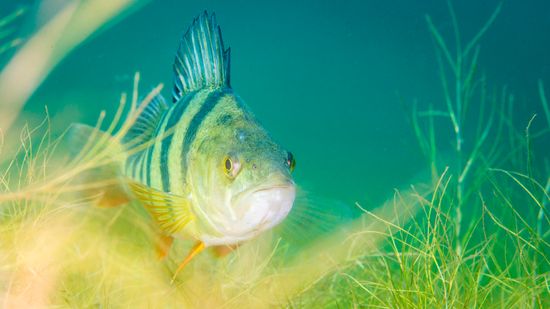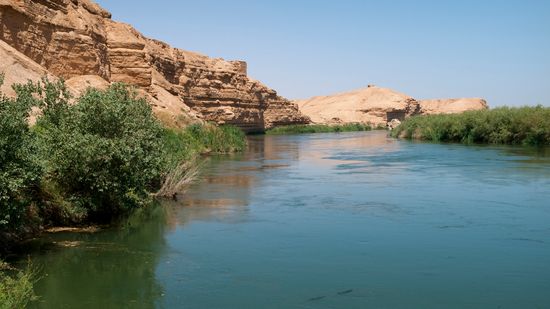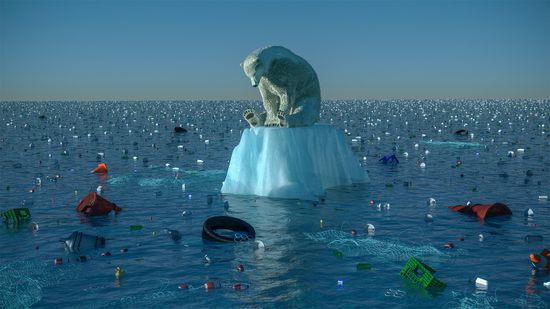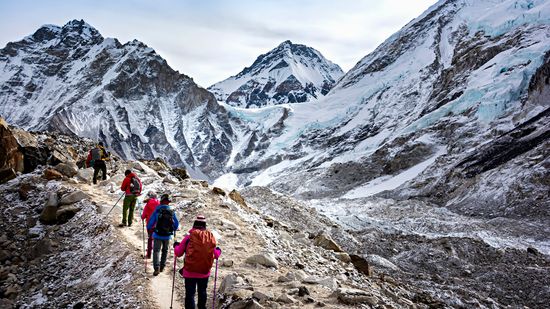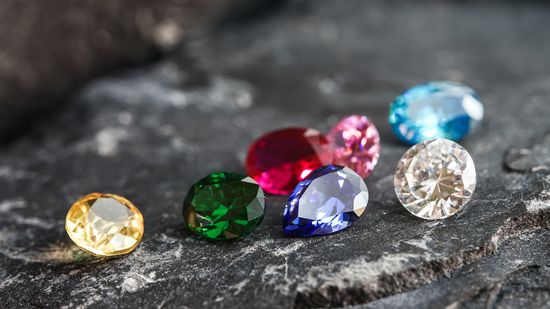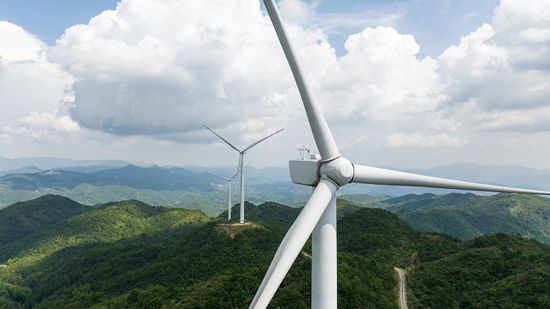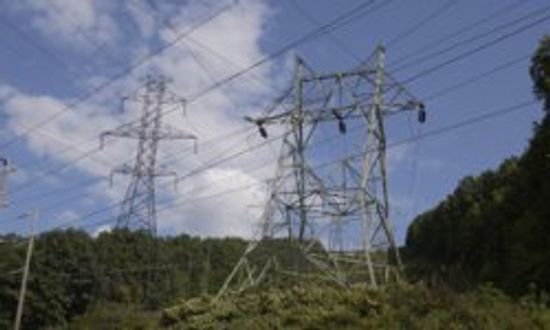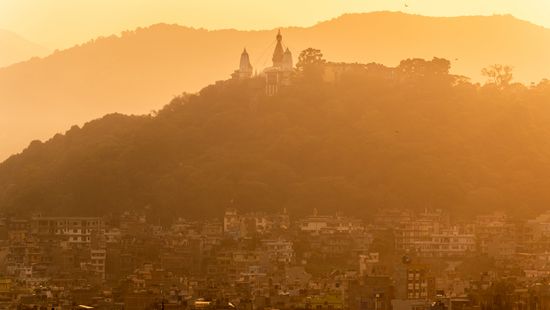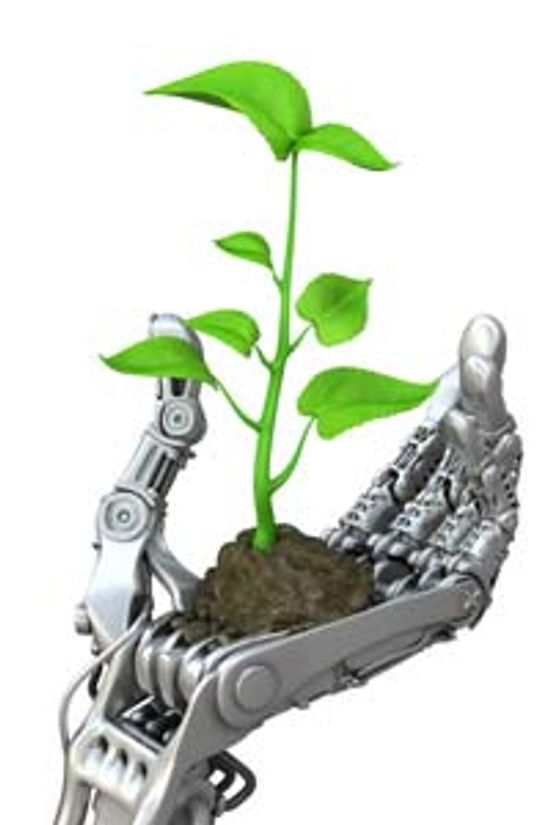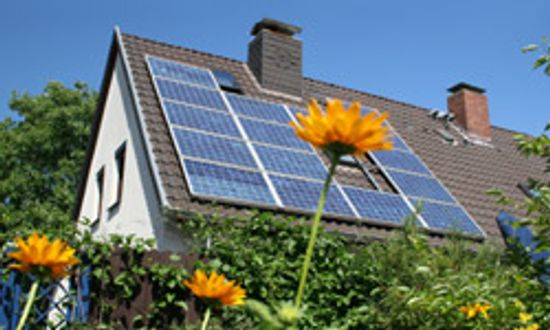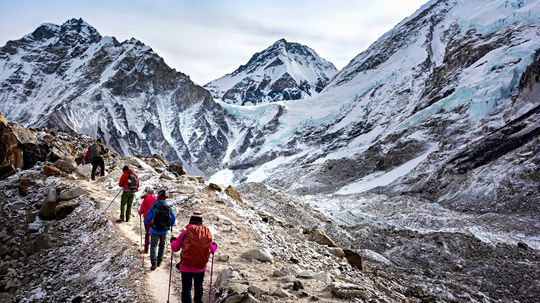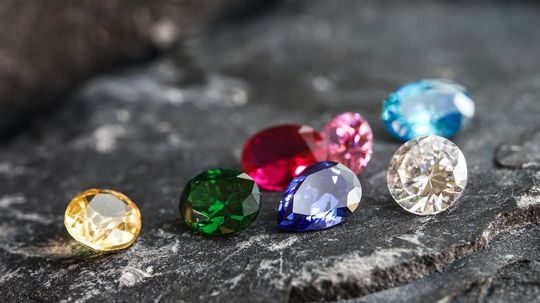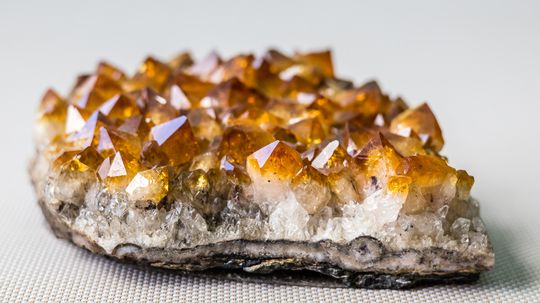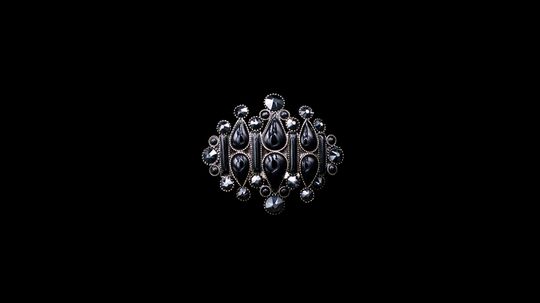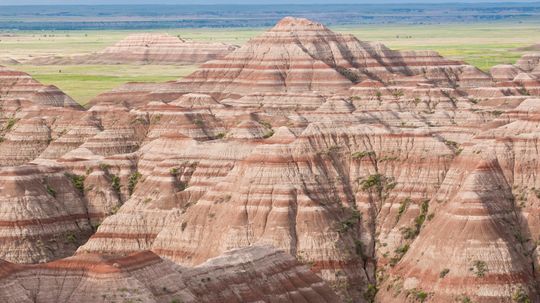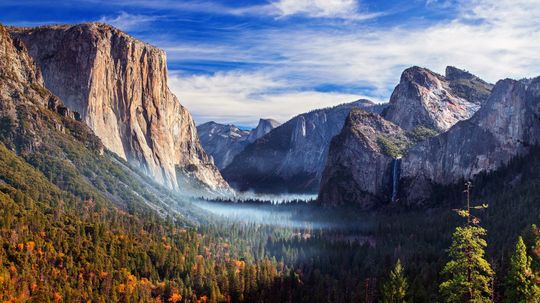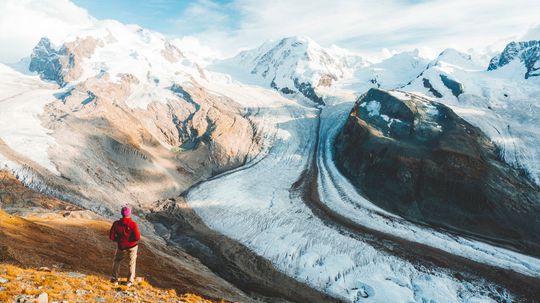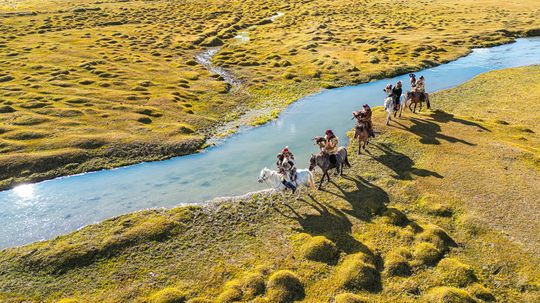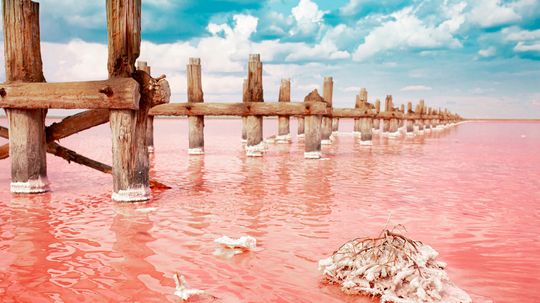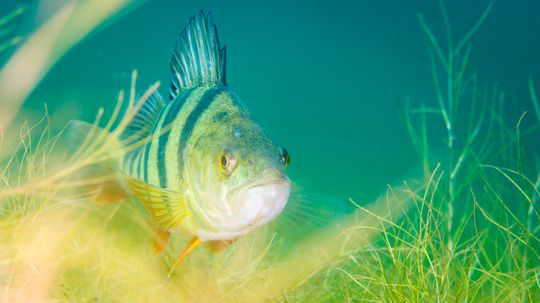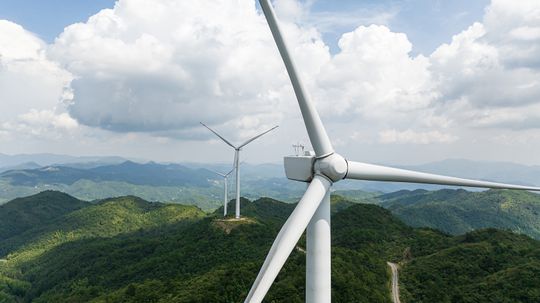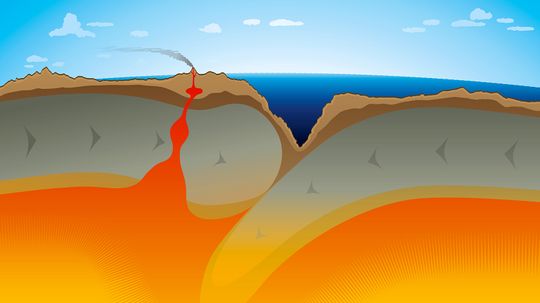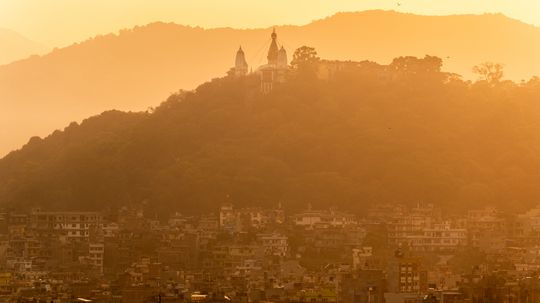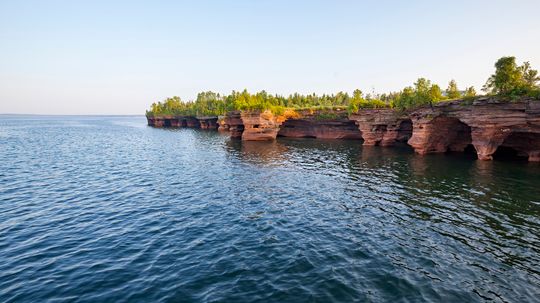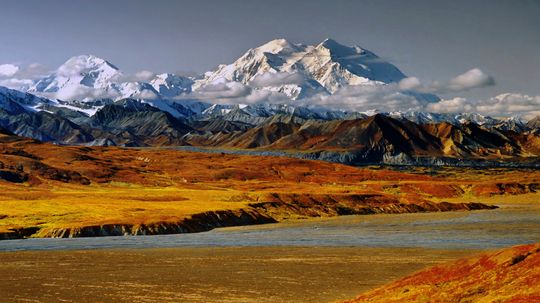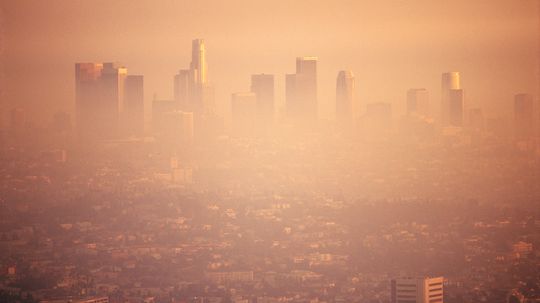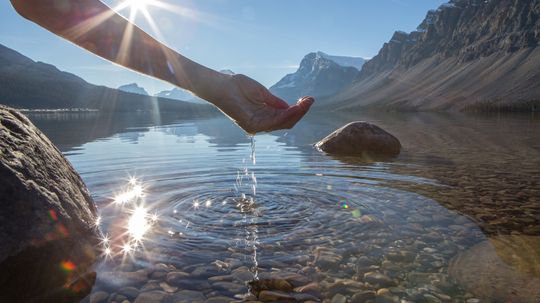Environmental Science
The environment is truly a thing of beauty and should be protected whenever possible. What can we do to save the environment, and what new technology is available to help us?
Learn More
Climbers chase records, not just views. And while the most dangerous mountain to climb isn't always the tallest, it is where ambition meets nature's limits.
From ancient amulets to modern engagement rings, different types of gemstones have always caught the human eye.
You might think tropical nations or far-flung archipelagos dominate the list, but when asking what country has the most islands, the answer may surprise you.
Advertisement
Looking to add earthy elegance to your jewelry box? Brown gemstones offer a unique and elegant alternative to more traditional colored gemstones.
Red gemstones bring a bold pop of color to any jewelry collection. From vibrant red hues to deep crimson tones, these stones have captivated wearers for centuries.
Yellow gemstones add a pop of sunshine to any jewelry collection. These stones, ranging from bright lemon to deep golden hues, can suit nearly every skin tone and style.
Pink gemstones blend science and sparkle like few other minerals. Whether you're drawn to the feminine hue for its metaphysical properties or just its stunning aesthetic, there's a pink stone for every style and budget.
Advertisement
Some gems dazzle with rainbow brilliance. Others whisper their power in deep, dark silence. Black gemstones aren't flashy, but they hold serious weight in style, symbolism and geology.
Purple gemstones aren't just for royalty, but their regal vibe is hard to ignore. From ancient talismans to modern crystal "therapy," purple stones have long held a prized place in our jewelry collections and cultural traditions.
Green is one of nature’s most captivating colors, and green gemstones bring that energy into jewelry with rich, varied tones. From deep emerald green to pale green and bluish green, these stones offer unmatched visual appeal.
From deep blue to light sky blue, blue gemstones offer a diverse range of hues that evoke serenity, power, and timeless beauty.
Advertisement
Rocks might look simple, but they tell an ancient story of Earth’s fiery depths, surface shifts and biological processes.
California is known for its beaches and bustling cities, but what really gives the Golden State its rugged charm are the mountain ranges in California.
Europe is a continent of dramatic elevations and scenic diversity, and the mountain ranges in Europe are a testament to that.
From the Arctic Circle to the warm climes of the southern border, the mountain ranges in the U.S. offer some of the most stunning, geologically diverse landscapes in North America.
Advertisement
Spanning thousands of miles across the heart of Asia and Eastern Europe, the steppe is one of Earth's most expansive and ecologically important biomes. These vast, flat grassy plains stretch from Hungary in the west to Mongolia and northern China in the east, forming what is known as the Eurasian Steppe.
With its vivid red waters and stunning surrounding terrain, Lake Natron is one of East Africa's most mesmerizing and otherworldly natural wonders.
Imagine a doorbell — but for fish. In the Netherlands, this eco-friendly innovation is making waves. The fish doorbell, or "visdeurbel," is a clever system created in the city of Utrecht to help native freshwater fish migrate more freely through canals and locks during spawning season.
By Zach Taras
Wind energy is a cleaner alternative to fossil fuels, but people still ask: How many birds are killed by wind turbines?
By Zach Taras
Advertisement
A subduction zone can shake things up — literally. These geological features are responsible for some of the most intense earthquakes, volcanic eruptions and tsunamis.
By Yara Simón
Air pollution is widely recognized as a major threat to public health, and while air quality data is widely available, the large-scale solutions are often difficult to enact. There are efforts in most developed countries to improve air quality, and pretty much everyone (except the polluters) agrees that it's an urgent problem.
By Zach Taras
The United States is home to some truly spectacular lakes. Whether considering the massive Great Lakes themselves or deep alpine gems like Lake Tahoe, with its crystal-clear waters, America is well-stocked with many sizable bodies of water.
By Zach Taras
Although most of the highest mountains in the world are in Asia (looking at you, Mount Everest and Himalayas), the United States is home to some of the most breathtaking and impressive mountain ranges in the world.
By Talon Homer
Advertisement
Living in a city offers a lot of excitement and opportunity on a daily basis, but it also comes with some downsides like pollution, trash and health risks. So, which cities have it worst? LawnStarter did a deep dive on this very topic to uncover the dirtiest cities in the U.S.
By Marie Look
American lakes are a vital feature of the country's landscape and cultural identity; from the Great Lakes in the Upper Penninsula to the picturesque Ozarks of the Midwest, citizens have flocked to these large freshwater sources for trade, natural resources and top-notch recreational activities.
By Mitch Ryan
